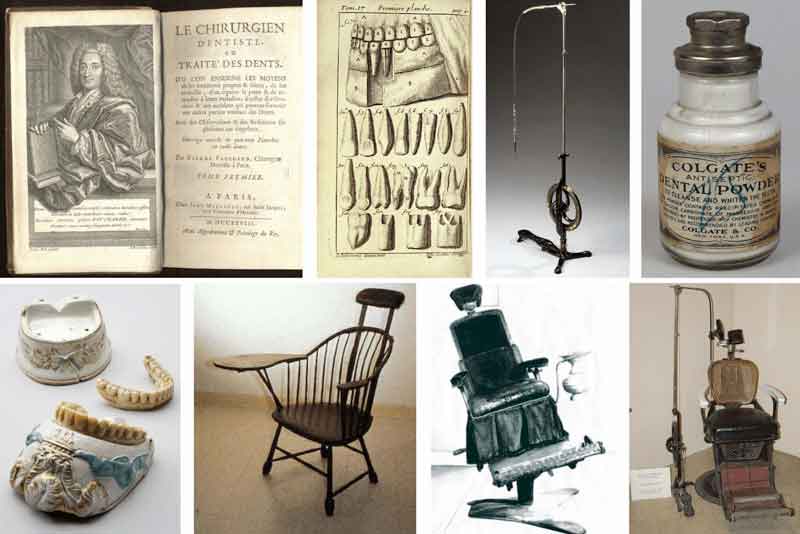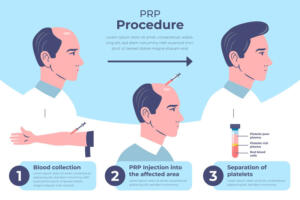
Everything You Need to Know About Dentures
At Marmaris Dental Center, we pride ourselves on providing top-quality dental services to our patients. One of the essential services we offer is the creation
In the 20th century, we have witnessed remarkable technological advancements that propelled dentistry into a new era of precision, diagnostics, and patient-centered care. From the advent of X-rays to the evolution of dental materials, these innovations reshaped the field and continue to influence modern dental practices. This article delves into the key technological breakthroughs that transformed dentistry during this pivotal century.
One of the most significant contributions to dentistry was the discovery of X-rays. In 1895, Wilhelm Conrad Roentgen’s groundbreaking work led to the development of X-ray imaging, a revolutionary diagnostic tool that allowed dentists to visualize previously hidden dental issues. X-rays provided a non-invasive way to examine teeth, bones, and tissues, enabling dentists to accurately diagnose and treat once-challenging conditions.

The mid-20th century marked the emergence of dental imaging technologies like panoramic radiography and cone-beam computed tomography (CBCT). Panoramic radiography offers a comprehensive view of the oral cavity, aiding in assessing dental and facial structures. CBCT, a recent innovation, brought three-dimensional imaging to dentistry, enhancing diagnostic precision for complex cases such as dental implants and orthodontic treatments.
Traditional amalgam fillings, while effective, often stood out due to their metallic appearance. The evolution of dental materials, particularly tooth-colored composites, transformed the aesthetics and functionality of restorative dentistry. Tooth-colored composites provided a more natural look and offered improved bonding capabilities, enabling dentists to preserve more of the natural tooth structure.
The latter part of the 20th century saw the integration of lasers into dentistry, enabling more precise and minimally invasive procedures. Laser technology revolutionized dental procedures, such as cavity preparation, soft tissue management, and teeth whitening. Laser dentistry reduces discomfort, minimizes bleeding, and expedites healing, enhancing the overall patient experience.
The turn of the century introduced CAD/CAM technology to dentistry, allowing for the creation of precise, custom-fit dental restorations. With CAD/CAM systems, dentists could design and manufacture dental crowns, bridges, and veneers in-house, reducing treatment time and enhancing treatment outcomes. Patients benefited from faster restorations and reduced chairside visits.
Conclusion: The technological breakthroughs of the 20th century propelled dentistry into an era of precision, diagnostics, and patient-centric care. From the advent of X-rays and dental imaging technologies to the evolution of dental materials and the integration of lasers and CAD/CAM systems, each innovation has enhanced both the practitioner’s capabilities and the patient’s experience. As dentistry continues to evolve, these foundational advancements serve as a testament to the remarkable progress achieved over the past century.

At Marmaris Dental Center, we pride ourselves on providing top-quality dental services to our patients. One of the essential services we offer is the creation

Hair transplants have become an increasingly popular solution for those experiencing hair loss. The procedure can restore not only your hair but also your confidence.

Orthodontic treatment is a significant investment in your oral health and appearance. Whether you’ve completed treatment with traditional braces, clear aligners, or orthodontic appliances, the

